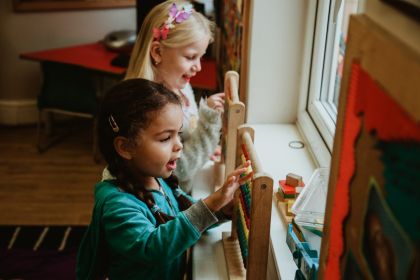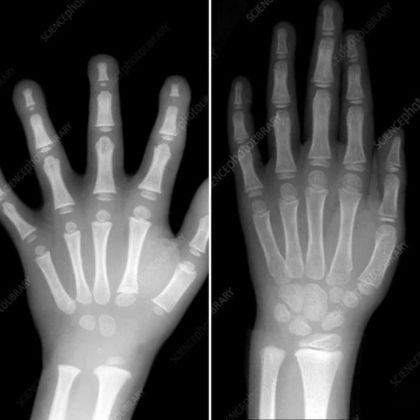
Blog
‘Funky Fingers’ are the key to developing fine motor skills
Learning through play, is at the heart at we do. Annie Tierney, Head of Operations talks about how our rich, learning environments allow our children to be active learners and learn through ‘doing’.
Before children become interested in handwriting, they will always be interested in ‘play’ and will gravitate towards play dough, threading beads, interconnecting building blocks and balancing on logs before a worksheet or a writing station. These types of activities are fundamental in developing fine motor skills in children which without would mean they would not develop the skills required for early, emergent writing and then later full writing skills.
Children require progressive development in their hands to enable them to grasp and hold things and eventually develop their writing skills. Just like any muscles we must train them, strengthen them and ‘work out’ to get them stronger this is just the same for the muscles in children’s hands.
Ruth Swailes a School Improvement Advisor and Education Consultant has shared x-rays from a child with developed hands at approximately 7 years of age side by side with x-rays from a younger child during their Early Years Foundation Stage.

This for me strengthens why we should not be sitting children down at tables with worksheets, colouring books and pencils but be using fun, imaginative age appropriate activities to develop these much-needed muscles. At Kindred we use many ‘funky finger’ challenges and activities alongside play dough disco to develop children’s fine motor control. It is also important to note that children need to develop upper body and core strength in addition to fine motor, who would have thought a balancing circuit or dancing with ribbons would actually be supporting and developing the muscles and skills needed for writing? Well they do!!
Our children have a variety of resources and activities to develop their gross and fine motor skills alongside mark-making and postural control (children being able to maintain their own balance in sitting without using their hands). Children will not and should bot be expected to develop letter formation, pre-writing shapes or early writing skills if they have not yet developed the correct grasp and do not have good postural position.
In order to prepare children for school and get those muscles strong and ready we thought we would share with you some simple and cheap ways for you to be able to set up these activities at home.
Activities for Postural Control
(children being able to maintain their own balance in sitting without using their hands):
- Obstacle courses that require balancing, crawling and climbing
- Playground and garden equipment – swings, climbing frames, balancing beams
- Playing games like Twister or something similar where you have to balance with one arm, stand on one leg
- Catch games with balls and beanbags but sitting, squatting, kneeling, standing on one leg
- Jumping on the trampoline
- Dancing, swimming or gymnastics
Funky Finger activities / challenges
(grasp and fine motor skill development):
- Building with interconnecting blocks
- Pegboards
- Threading and lacing
- Using tweezers and tongs to pick up small objects
- Weaving
- Play dough
You do not need to go out buying all of these as games or activities, you can thread pasta on to string to make a necklace, collect small items from around the house and move them from one dish to another with large tweezers or small kitchen tongs, stand dried spaghetti in a blob of playdough or blutak and then thread cheerios’ down them one by one
Activities to develop using hands and eyes together:
- Copying patterns using building blocks. Coins, buttons, pegboards
- Copying basic shapes and patterns using play dough, drawing in sand, shaving foam, using pipe cleaners
- Mazes
- Tracing activities
Activities to develop the tripod grasp:
- Place clothes pegs around a container or piece of material
- Using tweezers and tongs to pick up small objects
- Threading beads
- Picking up cards from the floor
- Using pipettes to squeeze out just one drop of water at a time or even use with paint and create a piece of art at the same time
- Putting coins in a money box or container with a slit
- Popping bubble wrap
This week's Funky Finger Challenge: Save the Mini Beasts!
